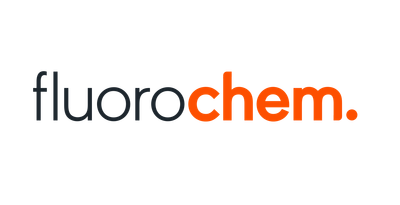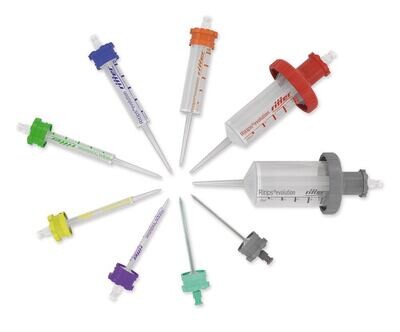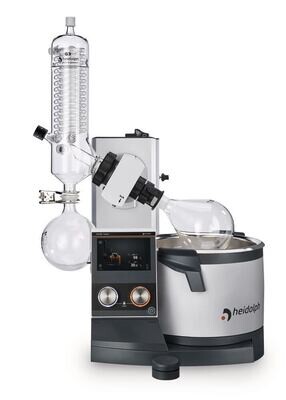DC-Fertigfolie POLYGRAM CEL 400, 20x20 cm, Polyesterfolie, 0,1 mm, 25 Stück
Microkristallijne cellulose, cellulose MN 400 (AVICEL®)
- Bereid door hydrolyse van hoogzuivere cellulose met HCl
- Gemiddelde polymerisatiegraad: 40-200
Aanbevolen toepassingen: carboxylzuren, lagere alcoholen, ureum en purinederivaten
U vindt nog meer aantrekkelijke aanbiedingen om uw chromatografielaboratorium te vervolledigen op onze Chromatografie pagina!
DLC-plaatjes POLYGRAM® CEL 400
| Plaatformaat | 20 x 20 cm |
| Laagdikte | 0.1 mm |
| Materiaal | polyester |
| Wijziging | Microcrystalline cellulose |
| Fluorescentie-indicator | nee |
| Scheidingsprincipe | Normal phase (NP) |
| Fase | CEL 400 |
| Partikel soort | Fully porous particles (FPP) |
| pH-stabiliteit | 2,0-8,0 |
| Temperatuurstabiliteit | High |
| Aanbevolen toepassing(en) | Carboxylic acids, lower alcohols, urea and purine derivatives |
U vindt nog meer aantrekkelijke aanbiedingen om uw chromatografielaboratorium te vervolledigen op onze Chromatografie pagina!
Although the principle of thin-layer chromatography is more than a century old, it did not make its breakthrough as an analytical method until about 50 years ago.
Thanks to the development of new sorbents and supports, as well as increasing instrumentation and automation, TLC has become a versatile separation method. It is used both in qualitative analysis and in quantitative analysis.
Applications range from simple manual separation processes in classic TLC to automated processes in HPTLC (high performance thin layer chromatography).
Advantages of thin layer chromatography:
- Higher sample throughput in less time
- Suitable for screening tests
- Pilot process for HPLC
- The ready-to-use TLC layer functions as a data storage device for separation results
- The separated substances can be used later for further analysis (e.g. IR, MS)
- By switching the mobile and the stationary phases, the separation process can be optimised quickly and cost-efficient
![8-Bromo-2,3,4,5-tetrahydro-1H-benzo[c]azepine, 95.0%, 5g 8-Bromo-2,3,4,5-tetrahydro-1H-benzo[c]azepine, 95.0%, 5g](https://d2j6dbq0eux0bg.cloudfront.net/images/88473019/4782633164.png)
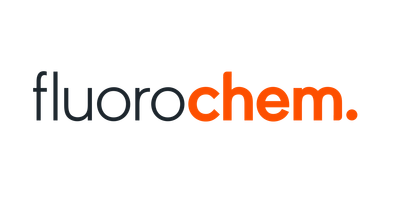
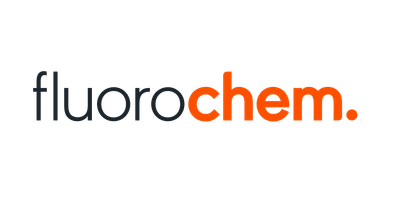
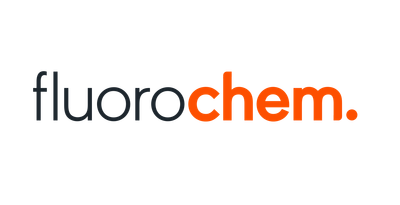
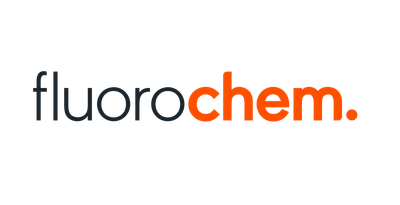
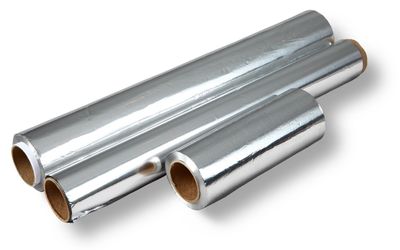
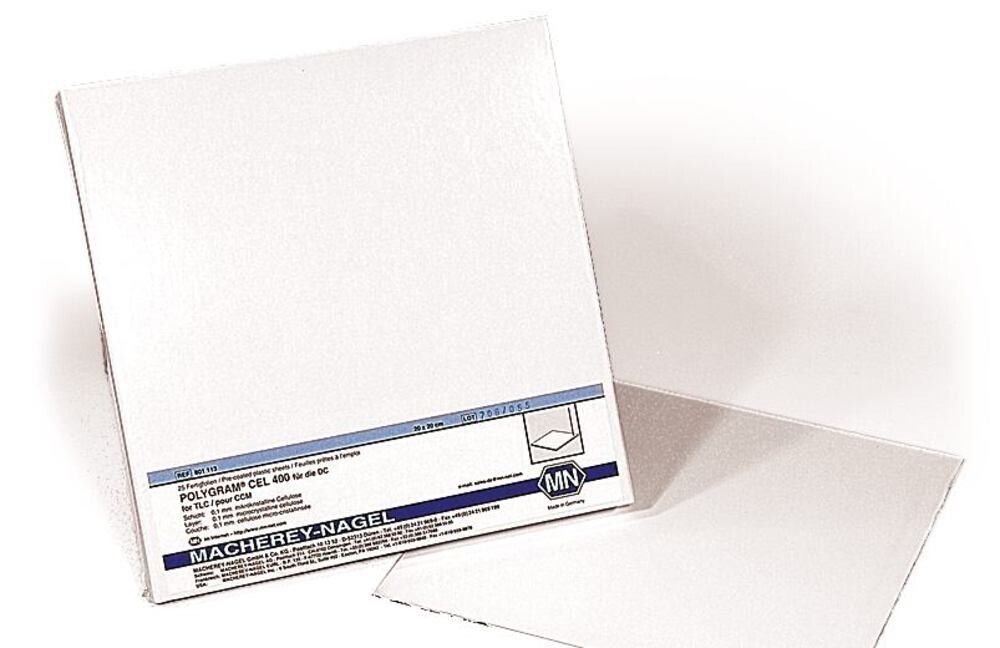
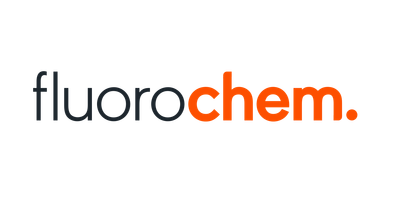
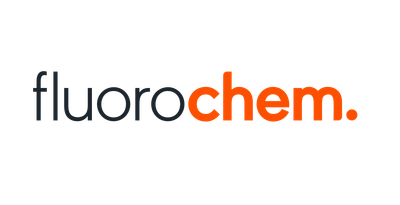
![(S)-1-Amino-3-methyl-4,5-dihydro-1H-benzo[d]azepin-2(3H)-one hydrochloride, 98%, 100mg (S)-1-Amino-3-methyl-4,5-dihydro-1H-benzo[d]azepin-2(3H)-one hydrochloride, 98%, 100mg](https://d2j6dbq0eux0bg.cloudfront.net/images/88473019/4763234321.png)
